I can’t count how many times I’ve googled a programming-related question and found myself at Stack Overflow, the question and answer site for programmers. MetaOptimize is like a Stack Overflow for data geeks:
You and other data geeks can ask and answer questions on machine learning, natural language processing, artificial intelligence, text analysis, information retrieval, search, data mining, statistical modeling, and data visualization.
Here you can ask and answer questions, comment and vote for the questions of others and their answers. Both questions and answers can be revised and improved. Questions can be tagged with the relevant keywords to simplify future access and organize the accumulated material.
Those with some data munging under their belt might find MetaOptimize useful. If you’re a n00b, you might want to stick to the FD forums.
[Thanks, John]




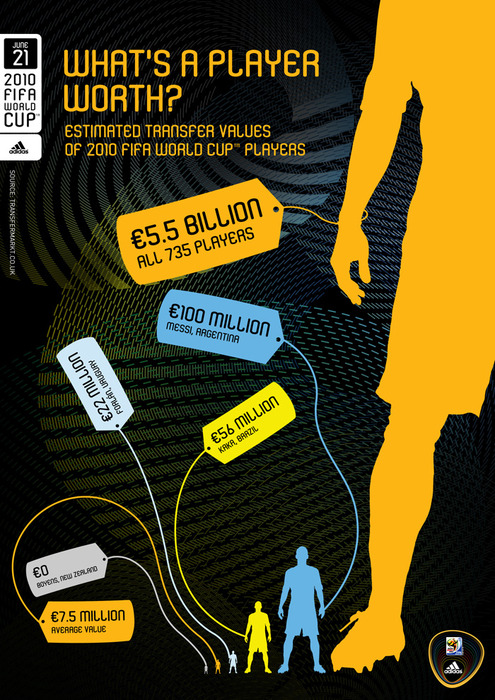

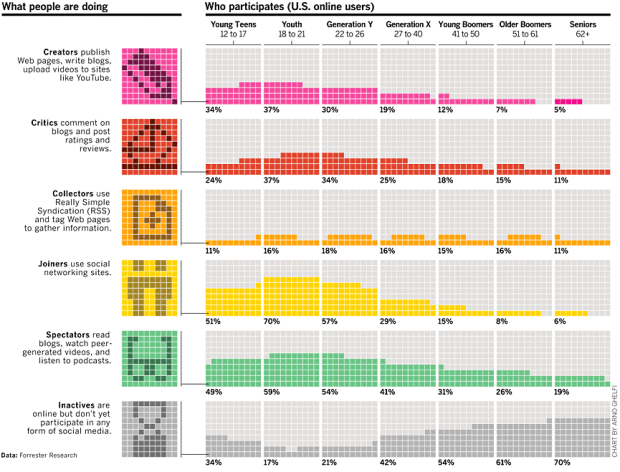
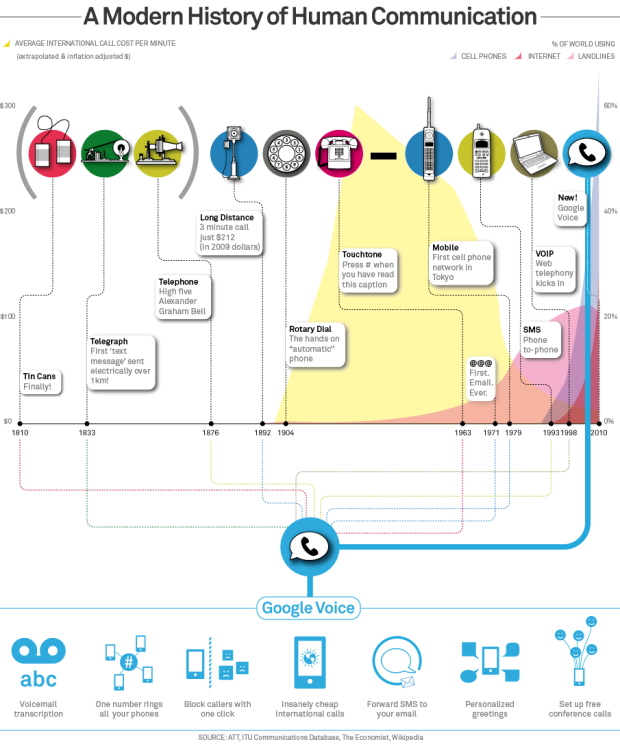

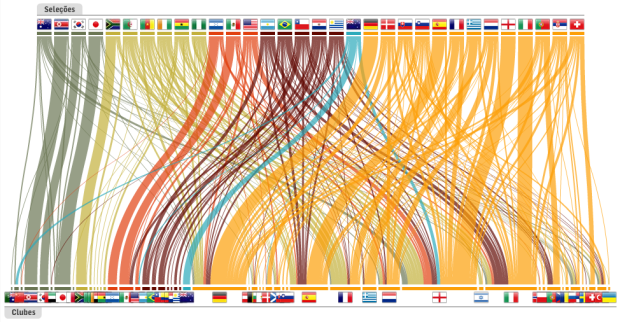






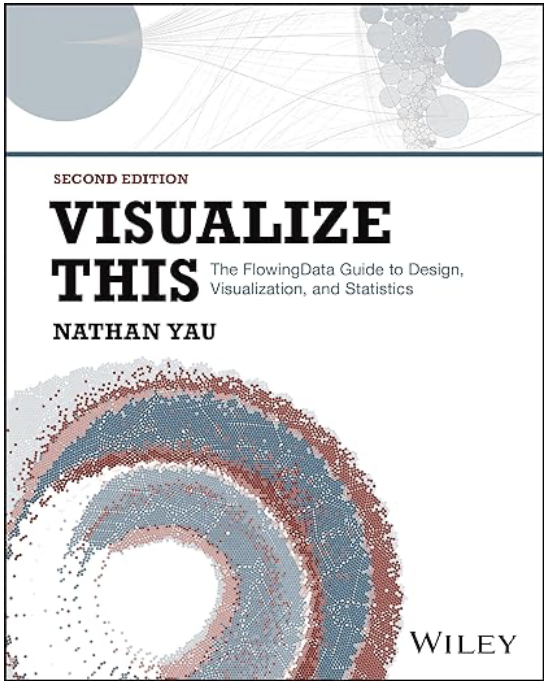 Visualize This: The FlowingData Guide to Design, Visualization, and Statistics (2nd Edition)
Visualize This: The FlowingData Guide to Design, Visualization, and Statistics (2nd Edition)










